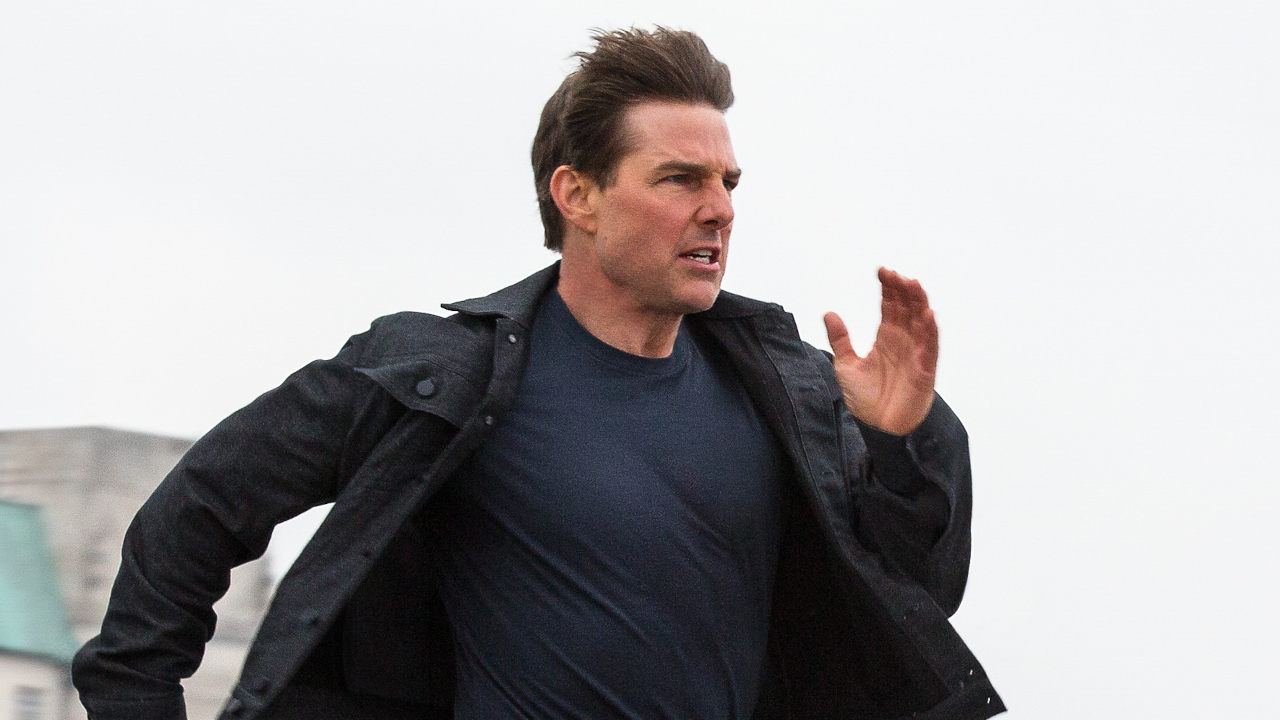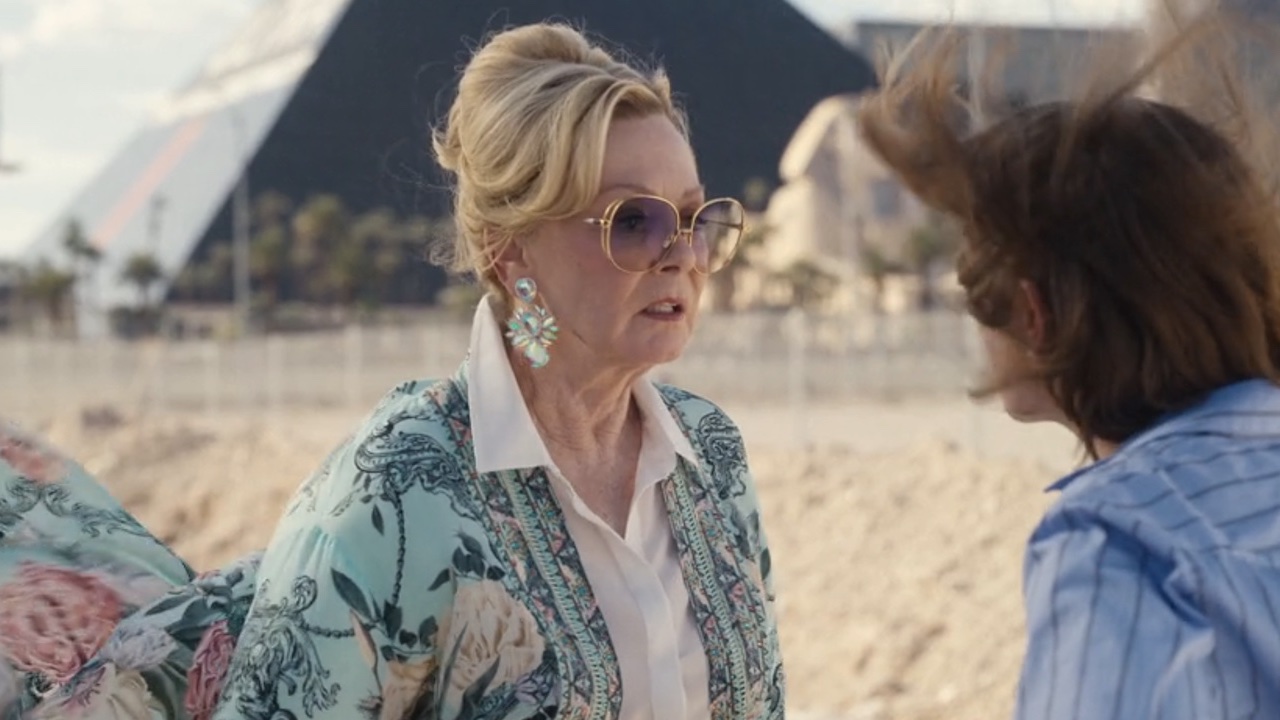How Much Disney+ Has Reportedly Made So Far From Subscribers


After months of heady anticipation, Disney+ finally arrived last November. The new streaming service was set to be a major competitor to old favorites like Netflix, Hulu and Amazon, and while we know that everyone has been talking about Baby Yoda on The Mandalorian, has the service really brought in that much money for Disney? It turns out that the answer is yes, as we know that the streamer has added nearly $100 million for those lucky ducks over at the Mouse House.
A recent survey might have concluded that subscribers would be more likely to cancel Disney+ if they had to choose between the new streamer and Netflix, but that doesn't mean that people haven't gladly signed up for Disney+ to see all the classics and originals that it has to offer. According to marketing intelligence provider Sensor Tower (via The Motley Fool), Disney+ has brought in a whopping $97.2 million in mobile spending since it became available on November 12.
The app has been downloaded an impressive 41 million times, combined, from the Google Play Store and Apple's App Store. In case you're wondering how that shakes out for the first two months of Disney+ being around, $53.3 million of that revenue came from the first month, while $43.9 million was generated in the second month. All told, Disney+ seems to be doing pretty well for itself.
If this peak TV news isn't positive enough for you, prepare yourself, because it gets even better. We all know that we've come upon the time in history that shall forever be known as the streaming wars, so the report by Sensor Tower did also reveal how Disney+ has been doing in certain areas with respect to other streaming services.
For instance, Disney+ also had, by far, the largest mobile subscriber spending during the first two months compared to other recent launches like HBO Now, DC Universe and Showtime. HBO Now actually came in second on that list, with...$23.7 million. I absolutely hate that Disney+'s $97.2 million makes the HBO Now number seem like nothing, don't you?
The Motley Fool also reports that market intelligence provider Apptopia clocked Disney+ as the number one app every day for the first four weeks after its U.S. debut in both app stores, with 10 million users also logging on daily. Plus, those subscribers were staying on the app longer than other streaming services, with Disney+ users having 5.8% longer session times than those logged in to Netflix, and 7.8% longer sessions than Amazon users.
Disney+ has clearly accomplished its goal of becoming a major factor in the streaming wars (even though some states didn't seem to care about the new service that much), and this trend will likely only continue as the service adds more classic programming, originals like The Falcon and The Winter Soldier and WandaVision, and debuts in more markets, seeing as how it's only available in five countries right now: the U.S., Canada, the Netherlands, New Zealand and Australia.
CINEMABLEND NEWSLETTER
Your Daily Blend of Entertainment News
Oh, and there's one more bit of good news. That $97.2 million? Yeah, that number only comes from in-app purchases and doesn't include anyone who subscribed via desktop or a connected TV, so the number could actually be far higher. While there will be more streaming services (Peacock, HBO Max) debuting this year which could take a bite out of the Disney+ boom, it's possible that we've already seen the service take the market spot that it will hold for a while.
For more on what you can watch right now, be sure to check out our 2020 winter / spring premiere guide!

Covering The Witcher, Outlander, Virgin River, Sweet Magnolias and a slew of other streaming shows, Adrienne Jones is a Senior Content Producer at CinemaBlend, and started in the fall of 2015. In addition to writing and editing stories on a variety of different topics, she also spends her work days trying to find new ways to write about the many romantic entanglements that fictional characters find themselves in on TV shows. She graduated from Mizzou with a degree in Photojournalism.










